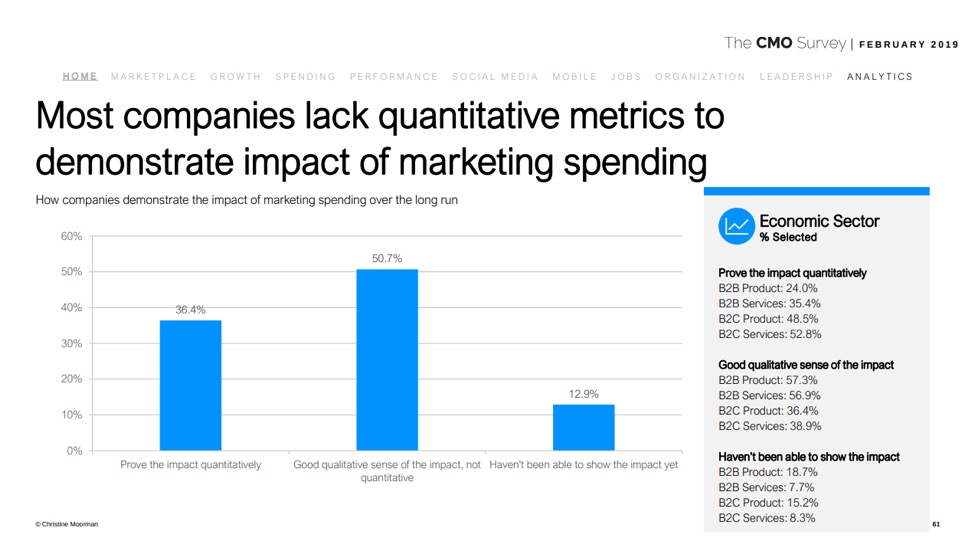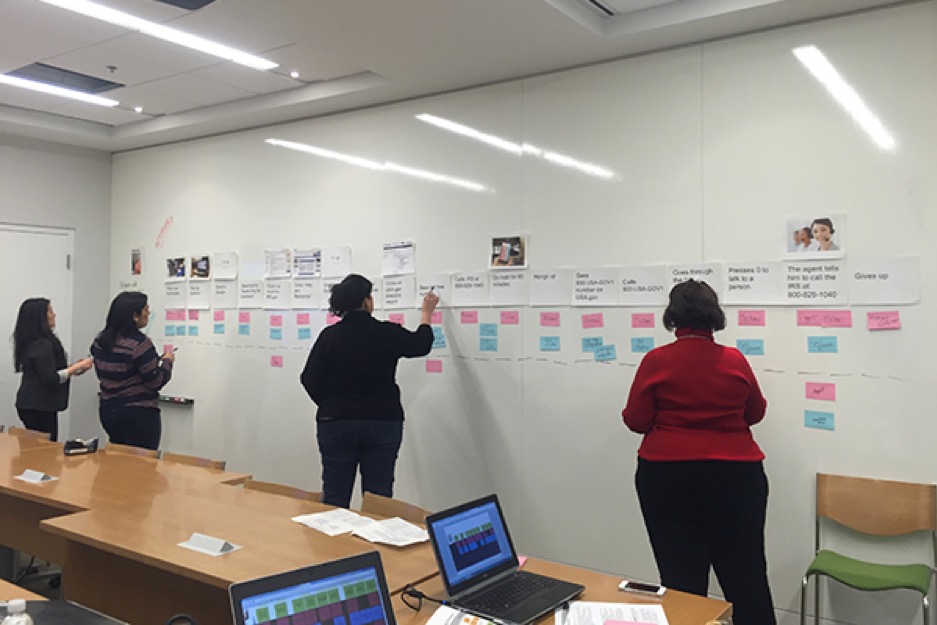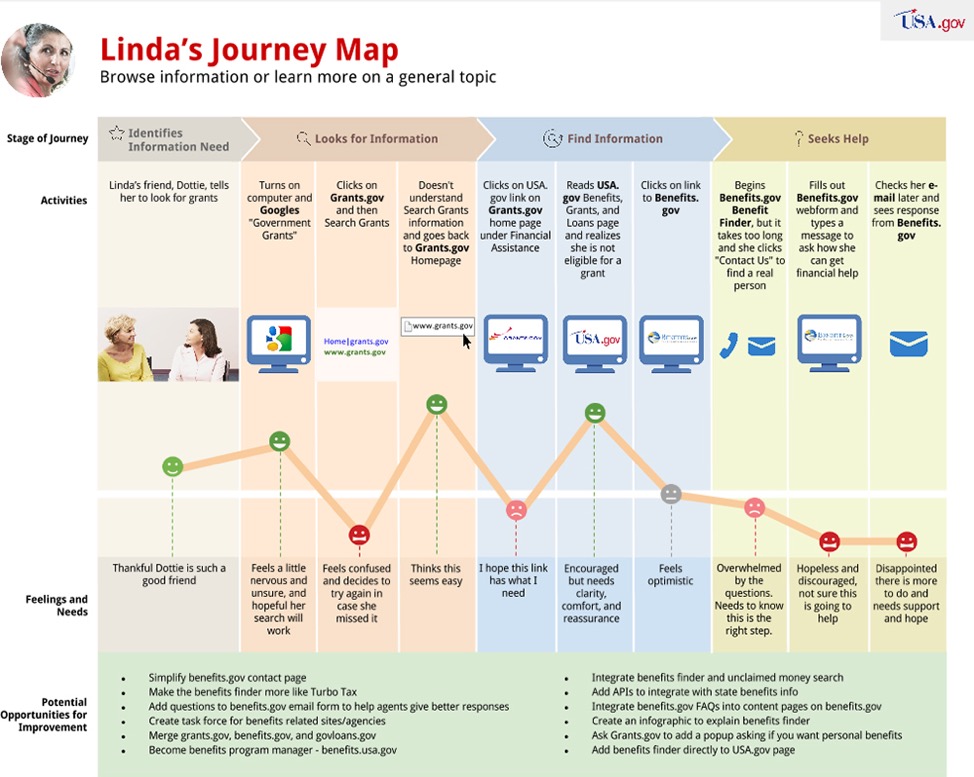Customer Journey Map: How to Use This Concept in Your 2020 Marketing

Customer journey mapping (CJM) as a concept has been steadily growing in popularity since 2012. If you’ve been following the world of digital marketing, you know what the term means.
But there’s a problem we face in the era of content overload. While many people understand what CJM is, finding information on how to properly incorporate it into your marketing strategy is extremely hard.
What most people see when they conduct a Google search is content that explains what customer journey mapping is and describes its general benefits. Finding real-world examples and actionable tips require you to dig deeper and gather that information piece by piece.
If that’s something you’ve been struggling with, this article is meant for you.
Here, you’ll find a guide on how to create an effective customer journey map and incorporate it into the marketing strategy of your company.
What is a Customer Journey Map?
A customer journey map is a visual representation of all interactions your prospects have with your brand – online and offline.
Each persona for your business should have a dedicated customer journey map because based on their characteristics they’ll take different actions across the stages of Awareness – Consideration – Decision.
A customer journey map takes the life cycle of your buyers from excel sheets and vague terms, and makes it easy to understand and thus improve.
How to Create a Customer Journey Map?
Before you can effectively weave your CJM into the marketing campaigns you run, you have to be sure the map you create reflects the reality, not your ideas about it. If the map you’re basing your marketing upon is wrong, using it to guide you will only make it worse.
Since you probably already know how to create a customer journey map, we’ll only cover the things that people often get wrong in this is this process.
Gather Data Correctly
This step is probably the most crucial one. The latest CMO Survey shows most companies don’t use quantitative data enough to see how marketing influences their profits. They go for the general feeling instead.

And that’s a survey of over 2000 top marketers across many industries. The numbers are probably worse for the less successful ones.
The same is true about CJM. Many customer journey maps begin with the research team making assumptions about the audience and the actions they make to reach their goals. Instead, they should focus on acquiring real-world data.
Start with defining the user personas first. Without this, you will never understand your customers’ goals. Here’s how you can gather information on customer demographics:
- Run a Google Analytics report
- Look at Facebook or other social media demographic information
- Conduct user surveys among email subscribers
Once that is out of the way, look for the problems that customers solve with your products. This will require a more heuristic approach. Use qualitative data to find out more.
This includes studying customer reviews and conducting personal interviews. Offer discounts or gifts to those who are willing to sacrifice a bit of their time to answer your questions to increase the response rate.
The next step is finding touchpoints that customers use to interact with your products. This bit of information is crucial to forming a customer journey map later. Run the Behavior Flow report in Google Analytics to see where do customers come from. The most popular touchpoints are:
- SERPs
- Paid advertising
- Social media
- Other websites
Filter the Behavior Flow report by demographic groups to see more detailed information on each of them. The other thing you should note is how each demographic group contacts you: do they write emails, call you, or contact you on social media.
You can also check customer behavior on the website using heatmaps to be sure you’re using real data, not your assumptions in the process of defining user profiles.
When you have all this data on hand, segment the audience according to their demographic data, their main goals, and the way they interact with your website. Now, you can proceed to the next step.
Assemble the Customer Journey Map
The first thing you should do to create a customer journey map is to define the key decision steps. They’re similar for most businesses, so you can use a template in this step. Here are the main stages:
- Finding the problem
- Browsing for information
- Browsing for solutions
- Purchasing the product
- Post-purchase behavior
During the first step, the customer understands they are having trouble making an impact with content marketing. They start looking for practical guides on how to improve this. This is the stage where they may come across the agency’s website for insight or sign up for a webinar.
Then, the client starts researching alternative products. They may sign up for the trial version at this stage. It’s also the stage where your sales team has to interact with the client the most. After the client purchases a subscription, the interactions with the team are down to customer support.
Now that you’ve established the key decision steps, you should find out how each user persona flows through the stages. This requires both heuristics and statistical data. If you use a lead scoring system, it’s going to show you how customers interact with your website and what touchpoints lead to conversion to the next stage.
The touchpoints can be very different for user personas. Some people read product comparison guides, and that solidifies their trust in your company. Some follow a remarketing ad that reminds them of your company. Some have already decided and wait for the budget to be approved, and just go to your website directly.
Gather a team of analysts and sales representatives to get the full scope of the customer journey, and begin mapping. This may include a brainstorm and some whiteboard mapping.

Each user persona may have a different customer journey map. Here’s what the US government’s customer journey map for an elderly citizen looks like.

You can see it’s showing the real state of events, not the intended one. Linda’s CJM doesn’t look promising at all. This is a good thing since it shows you what areas you have to improve. Include both negative and positive steps of the customer journey map to be sure you’re not missing anything.
Run the Goal Flow report in Google Analytics to see whether your customers meet their goals to see where you’re failing them. Running a report on the most common complaints also helps to see that.
How to Use Customer Journey Mapping in Your Marketing in 2020
Now that you have the customer journey map done correctly, let’s see how you can improve your marketing campaign with these findings.
Reduce Inefficiencies
A properly done customer journey map lets you see what problems your customers are facing when interacting with your brand. This is true for both sales and marketing. Here are the common problems a CJM can reveal in your marketing campaign.
The very first problem you can see on a customer journey map is your marketing failing to interest customers at the very first stages of the decision making process. A poorly segmented ad campaign can fail to catch the attention of the audience, which leads to very few people actually proceeding to interact with your website.
Since you already have your buyer persona framework, you can fix this problem rather fast. Segment the ad campaigns properly, align the messaging with the user persona’s goals, and split test it to see what works and what doesn’t.
The other common mistake is having a website that is hard to navigate. You can see this on the heatmaps, the customers browse the website but don’t stay at any given page for a long time. This means they can’t find what they’re looking for.
That’s the problem US government websites faced. Digital.gov fixed it with improving the interactive voice response menu and making it easier to find the most commonly missed topics on the website.
Here’s another common problem: 62% of businesses fail to respond to customers’ emails. For those who do, it often takes over 12 hours to answer. That is a crucial mistake since you’re failing your customers in the most important stage of the decision-making process.
A customer sees an ad, contacts your company, but there’s just no answer. If that’s your problem, consider getting a CRM to monitor all user interactions in real-time or get a chatbot that would respond to social media inquiries instantly.
Leadpages saw that the CJM lacked customer interaction. The company increased the number of conversations with clients 277% by introducing a bot that only said hi to the customers.
Desonance’s customer journey map highlighted that the company’s website was too hard to understand for a person who didn’t know anything about the topic. The company worked to make it more intuitive and provided plenty of links to explanatory articles.
Use your customer journey map to find other problems your clients face and improve them.
Double Down on Touchpoints
A CJM shows you the bad sides, but it shows the good sides of your marketing efforts as well. Find the parts of the customer journey map that perform incredibly well, and double down your efforts on them.
IdeaRocket was able to make more out their existing touchpoints by understanding what lead customers to them. The bulk of the website’s traffic came from SERPs, and the team used a customer journey map to learn different user intentions behind the searches and how they correlated with the following journey. That helped them to focus calls to action on specific user intent.
For instance, you may find out that re-marketing ads work really well in one audience’s customer journey and fail to bring the same results for the other. Focus your investments on the first one to increase the ROI of the marketing campaign.
Sometimes, you can come up with structural changes. After creating a CJM, Adaptive Path understood that combining planning the trip, booking, and shopping into one block would create more positive customer experiences.

Segment Your Content
Often, it takes multiple touchpoints with a brand to create a conversion. For instance, a lead follows your newsletter for months before they make a move. Your job is to find what touchpoints correlate with the conversion to the next step of the decision-making process and how do they relate to each audience’s customer journey.
Make sure the content you send to your newsletter subscribers is pushing the boundaries of the decision making process stage they’re at. A CJM and a lead scoring system will help you see these correlations.
You also should make sure your content is aligned with the customers’ goals. This will both boost your brand’s authority and improve visibility in SERPs since it decreases the bounce rate and increases time spent on site.
Wrapping Up …
In layman’s terms, here’s how you should incorporate customer journey maps into your marketing campaign. You need to create a CJM based on real data (even though there’s always an element of heuristics to it) and use this map to see what good and bad experiences do your customers have along the way.
All you have to do next is come up with solutions to those problems. With 68% percent of customers willing to pay more for customer service, this goes beyond your marketing efforts alone.
